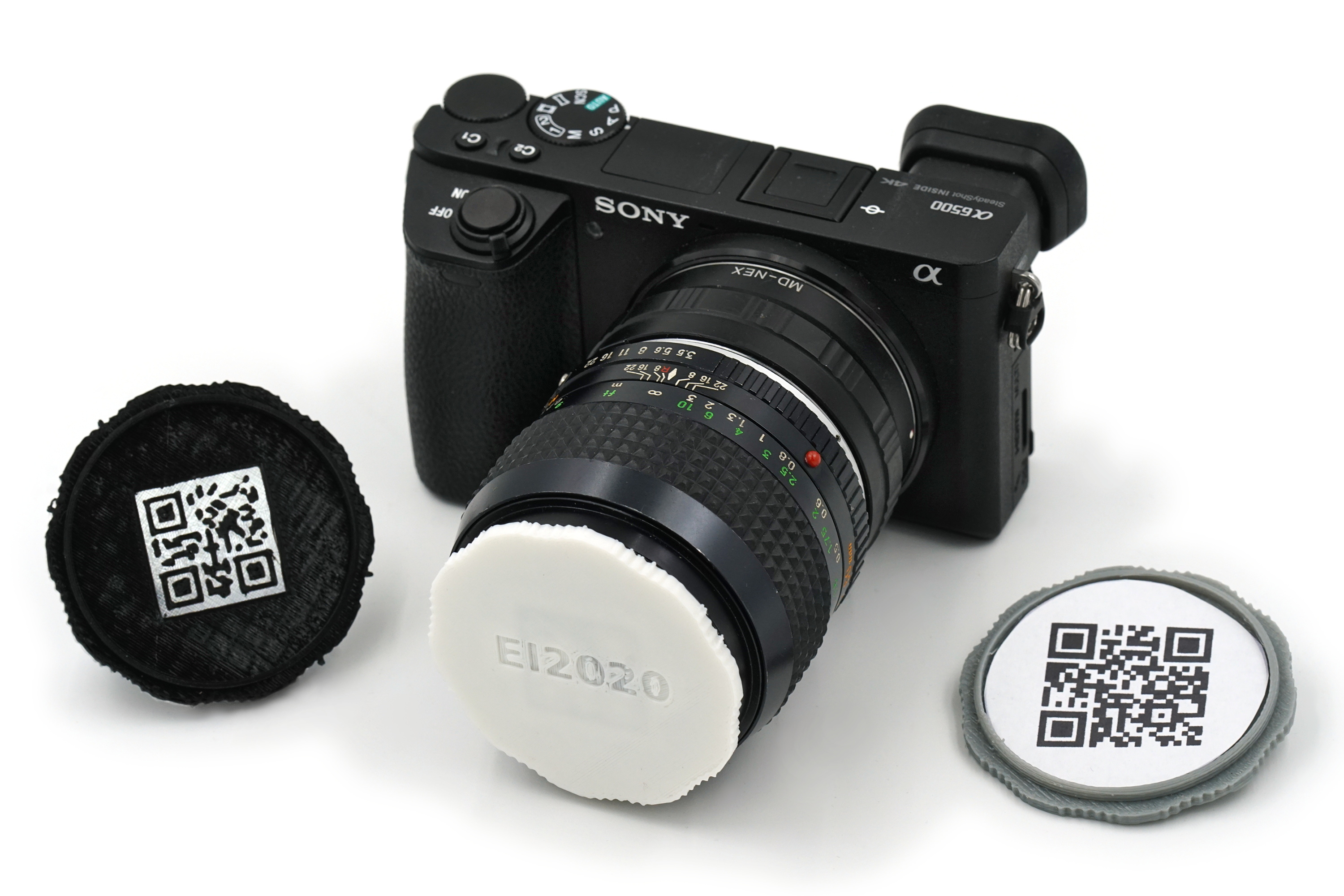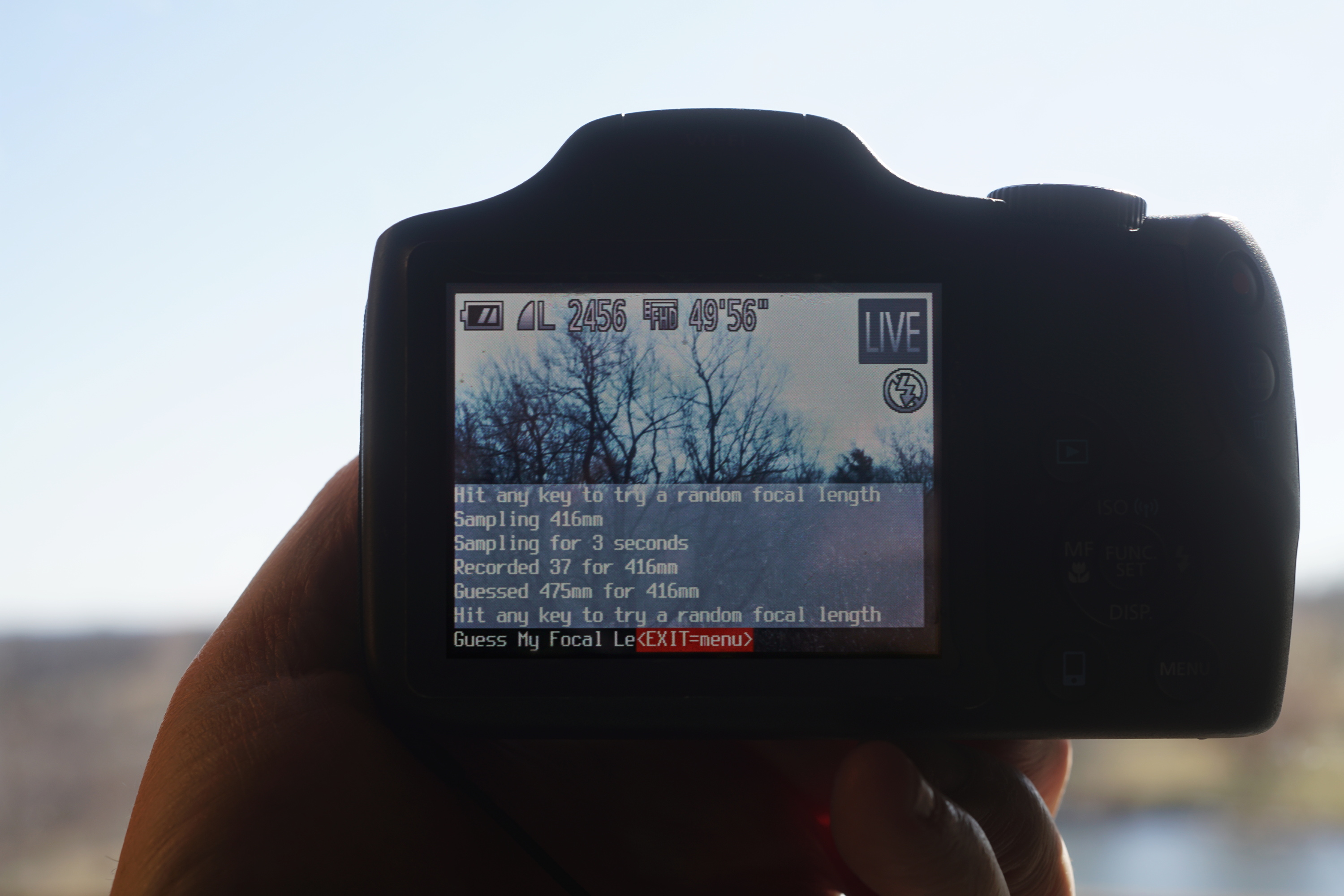


H. G. Dietz
http://aggregate.org/hankd/
Department of Electrical and Computer Engineering
Center for Visualization & Virtual Environments
University of Kentucky, Lexington, KY 40506-0046
Original February 22, 2020
This document should be cited using something like the bibtex entry:
@techreport{manlens20200222,
author={Henry Gordon Dietz},
title={{Camera support for use of unchipped manual lenses}},
month={February},
day={22},
year={2020},
institution={University of Kentucky},
howpublished={Aggregate.Org online technical report},
URL={http://aggregate.org/DIT/MANLENS/}
}
The primary publication decribing this work is "Camera support for use of unchipped manual lenses," by Henry Dietz and presented as a poster at IS&T Electronic Imaging 2020. A preprint version is posted here.
We have posted the customizer model generator for 3D-Printed Screw-In Front Lenscaps With Optional QR Code. Note that the QR code requires some contrast to work well, so you may want to change filament to a different color, or use paint or a marker, to give the QR code pattern higher contrast.
The source code for gmfl.lua, the CHDK "guess my focal length" demonstration application, is posted here.
The parameters are: